Frames
Check out our FABULOUS frame selection!
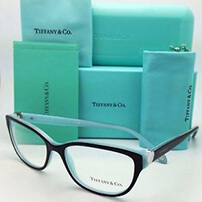






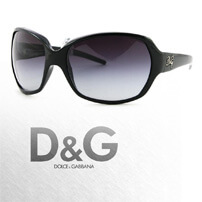


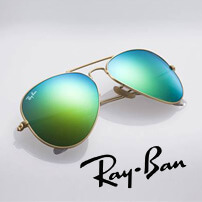
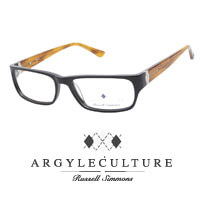
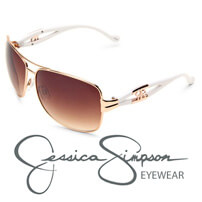
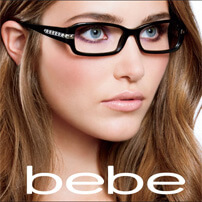
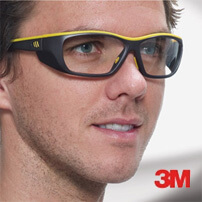
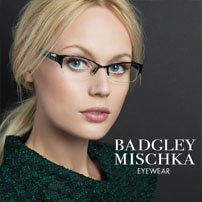





Lens Designs
 Listed below are the most common lens designs. Many other designs are also available. Dr. Davidson, Dr. Keltner,
and their staff will discuss options with you during your exam, to help determine which designs will meet your visual and aesthetic needs.
Listed below are the most common lens designs. Many other designs are also available. Dr. Davidson, Dr. Keltner,
and their staff will discuss options with you during your exam, to help determine which designs will meet your visual and aesthetic needs.
Single Vision Lenses
These are lenses with the same power throughout the entire lens
Digital Design Technology Single Vision Lenses
See the world in high-definition with digitally designed single vision lenses. These sophisticated lenses use computer driven lathes to surface your prescription into the lenses giving you the most natural and clear vision with exceptional comfort. In fact, these lenses can increase your field of vision up to 20% more than traditional lenses.
Bifocal Lenses
Lenses with 2 powers in them. One on the top, usually for distance viewing and a different power on the bottom, usually for reading. The prescription in the lens can be modified for different applications, such as computer vision and reading. The bifocal area comes in several sizes: 25mm, 28 mm (most common) and 35mm (for the largest reading area) across the bifocal line, or a rounded line 22, 25 or 28 mm in diameter. (this line is almost invisible)
Trifocal Lenses
Lenses with 3 powers in them; one on top usually for distance viewing, one in the middle for intermediate distances and
clarity at arm’s length, and the bottom for reading vision.
The trifocal are comes in several sizes, 7mm deep x 28mm wide or 8mm deep x 35mm wide. Other occupational lenses are also available
such as a 12mm deep and 35mm wide for maximum computer viewing; Double-D with the intermediate power on the top and the reading
on the bottom, with the distance power in the middle. Good for mechanics, librarians, pharmacists, or anyone who needs to see at arm's
length above their head.
Progressive Addition Lenses
These lenses most closely mimic your natural vision. The distance vision is in the top and as you gradually lower your eyes to read,
the lens “progressively” gets stronger. So you see clearly at every distance from distance, to the computer, to reading. These lenses do not have a line.
These lenses have been greatly improved through the years to give you clearer vision. The original designs are still available as
inexpensive options, but the newer lenses allow wider, clearer vision at all distances.
Many stores that provide “discount” or “bargain” lenses which use these older designs. Although they serve the purpose, they do not give
you the widest, clearest vision available. We prefer to use the latest technology in order to provide you with optimum vision at all distances.
Digital Design Technology Progressive Addition Lenses
Digitally designed Progressive Addition Lenses are precisely personalized for your eyes to give you high definition clarity. The customized measurements of your eyes and precise prescription are calculated and then a computer driven lathe is able to point-by-point surface the power into your lenses. We are able to customize the size of the viewing areas to maximize what is important to you.
When coated with our highest quality, hardest anti-reflection coating, you end up with a pair of glasses to give you the clearest crispest vision possible.
Lens Technology Options
Listed below are our most popular lens treatments. There are many others. Dr. Davidson or Dr. Keltner will discuss them with you during your examination to determine which would be the most appropriate for your visual needs.
Anti-Reflection Coating
Anti-reflection coatings eliminate the reflections of light from the surface of the lens allowing for clearer, crisper vision. If you were looking through your windshield at night, you might be able to see. However, if you were to open the window to look outside, everything would be much clearer. That is because you are not looking through glass that has all of the reflections on it. The anti-reflection coatings eliminate the reflections on the lens, allowing you to experience clearer, crisper vision.
Our high quality anti-reflection coatings have a base layer that is rated the hardest, most scratch resistant coating on the market. On top of the base layer are multiple, microscopically thin layers of anti-reflection material, which are added to the lens. The result is an extremely clear lens, which is very difficult to scratch.
Not all anti-reflection coatings are created equal. The inexpensive, lesser quality coatings are only applied to the front surface of the lens and will smudge with oils, are difficult to clean and will peel or scratch easily, thereby degrading your vision. We always use the industry’s best coating and warranty it against scratches or defects for a year.
Transitions
Transitions is a photochromic lens technology, which means that it is clear indoors and at night, and when exposed to UV light from the sun, darkens. The lens darkens very quickly and takes a few minutes to clear once you come out of the sun.
These lenses are very convenient for many people who just desire to have one pair of glasses for indoor and outdoor use. Because the windshield of the car blocks most of the UV rays from the sun, the lens does not always darken as much as some people desire, while they are driving with the windows closed. For extended driving or a need for darker lenses, we recommend a second pair of polarized lenses.
Polarized Lenses
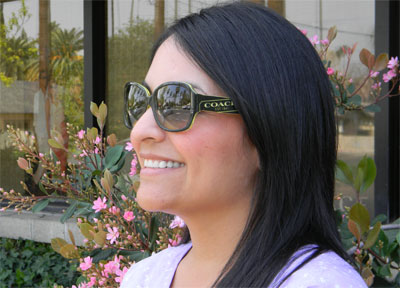 Polarized lenses block more glare than tinted lenses. When light hits a flat surface and is reflected off of that surface, the light becomes polarized. That means that all of the wave lengths of light go in the same direction. The polarized lens blocks all of the reflected light, plus the tint of the lens uniformly blocks up to 80% of the light entering the eye. So there is enough light to see, but not too much light to cause glare. We highly recommend polarized lenses for every pair of sunglasses we sell.
Polarized lenses block more glare than tinted lenses. When light hits a flat surface and is reflected off of that surface, the light becomes polarized. That means that all of the wave lengths of light go in the same direction. The polarized lens blocks all of the reflected light, plus the tint of the lens uniformly blocks up to 80% of the light entering the eye. So there is enough light to see, but not too much light to cause glare. We highly recommend polarized lenses for every pair of sunglasses we sell.
Lens Materials
Listed below are the most common lens materials used. There are other materials available and Dr. Davidson or Dr. Keltner can discuss them with you during your examination to determine which would be best for your visual needs.
CR-39 or Standard Plastic Lenses
Lenses made of standard plastic are lighter in weight than glass. In powers over +/- 2 diopters, the lenses can start to get thick and heavy. So lighter weight, thinner plastics are recommended. These lenses can be treated for scratch resistance and UV absorption as an add-on feature.
Polycarbonate Lenses
Polycarbonate lenses are thinner and lighter than standard plastic lenses. Polycarbonate lenses also inherently absorb UV radiation and are impact resistant. They are pre-treated with a scratch resistant coating. This is our lens material of choice.
High Index Lenses
There are several grades of high-index lenses. High-index refers to the index of refraction which is a measure of how much light is bent when going through different types of plastic. The higher the index of refraction, the more light is focused. Therefore, the thinner the lenses become. In the higher prescriptions, over 3 diopters, high index lenses make a big difference. If you have a high prescription and decide to go with high index lenses, you'll be amazed at how thin and attractive your new glasses will be.
Glass Lenses
Glass lenses are not commonly prescribed anymore because they can break and shatter causing serious eye injury. Many people like glass lenses because they don't scratch as easily. With our new scratch-resistant coatings like PureCoat we can create a lens that is just as scratch resistant as glass while providing you with a lighter and clearer pair of glasses with a one-year warranty.
During fabrication, glass lenses must be treated for impact resistance. Then, they are tested using the “drop-ball test,” which is a steel ball dropped onto the lens from one meter away. If your lenses fail this test, delivery of your glasses may be delayed. But the good news is the pair that arrive will be highly impervious to scratches...even by a dropped metal ball.









